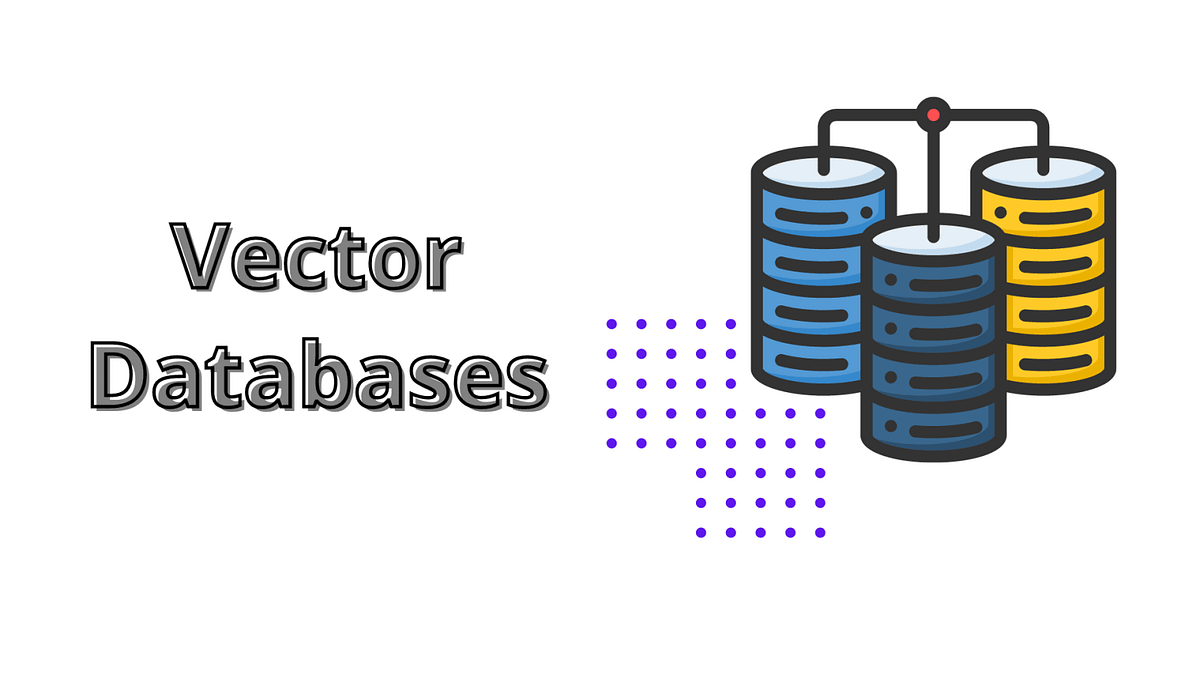In this article you will get the knowledge about guardians of security: vector search for anomaly detection. In this you will be reading about the guardians of security, vector database search, anomaly detection and vector database search for anomaly detection.
“Guardians of Security” – Microsoft’s interactive exercise
Microsoft team presented innovative ways to protect and enhance security in the cyber world at a workshop called Guardians of Security. The game consisted of four stages, and the competitors, as security guards, were tasked with responding to unforeseen and accidental events and preventing potential damage with the help of resources, i.e., Microsoft products and services at their disposal. Each team had one Microsoft instructor to guide them through the game and assist them in resolving any concerns. Teams also received equal starting positions and resources and were given thirty minutes to devise tactics best to protect their infrastructure and data from the attack. The workshop brought IT executives, Microsoft system administrators, and security departments together. What set this workshop apart from others was that it was essentially a game event.
What is a Vector Database?
A vector database is a type of database that stores data as high-dimensional vectors, which are mathematical representations of features or attributes. Each vector has a certain number of dimensions, ranging from tens to thousands, depending on the complexity and granularity of the data. The vectors are usually generated by applying some transformation or embedding function to the raw data, such as text, images, audio, video, etc. The embedding function can be based on various methods, such as machine learning models, word embeddings, and feature extraction algorithms. The main advantage of a vector database is that it allows for fast and accurate similarity search and retrieval of data based on their vector distance or similarity.
Use Cases for Vector Database
Vector databases have many use cases across different domains and applications that involve natural language processing (NLP), computer vision (CV), recommendation systems (RS), and other areas that require semantic understanding and matching of data. One use case for storing information in a vector database is to enable large language models (LLMs) to generate more relevant and coherent text based on an AI plugin. However, large language models often face challenges such as generating inaccurate or irrelevant information; lacking factual consistency or common sense; repeating or contradicting themselves; and being biased or offensive. To overcome these challenges, you can use a vector database to store information about topics, keywords, facts, opinions, and sources related to your desired domain or genre.
What is Anomaly Detection?
Anomaly detection is identifying rare suspicious events, items, or observations because they differ significantly from standard behaviors or patterns. Anomalies in data are also called standard deviations, outliers, noise, novelties, and exceptions. In the network anomaly detection/network intrusion and abuse detection context, interesting events are often not rare—just unusual. There are three main classes of anomaly detection techniques: unsupervised, semi-supervised, and supervised. Essentially, the correct anomaly detection method depends on the available labels in the dataset.
Why Is Anomaly Detection Important?
Network admins must be able to identify and react to changing operational conditions. Any nuances in the operational conditions of data centers or cloud applications can signal unacceptable levels of business risk. On the other hand, some divergences may point to positive growth. Therefore, anomaly detection is central to extracting essential business insights and maintaining core operations. Consider these patterns—all of which demand the ability to discern between normal and abnormal behavior precisely and correctly:
- An online retail business must predict which discounts, events, or new products may trigger sales boosts, increasing demand on their web servers.
- An IT security team must prevent hacking and needs to detect abnormal login patterns and user behaviors. A cloud provider has to allot traffic and services and assess changes to infrastructure in light of existing patterns in traffic and past resource failures.
- An evidence-based, well-constructed behavioral model can represent data behavior and help users identify outliers and engage in meaningful predictive analysis.
- Static alerts and thresholds are not enough because of the overwhelming scale of the operational parameters and because it’s too easy to miss anomalies in false positives or negatives.
Anomaly Detection Use Cases
Some of the primary anomaly detection use cases include anomaly-based intrusion detection, fraud detection, data loss prevention (DLP), anomaly-based malware detection, medical anomaly detection, anomaly detection on social platforms, log anomaly detection, Internet of things (IoT) big data system anomaly detection, industrial/monitoring anomalies, and anomalies in video surveillance.
An anomaly-based intrusion detection system (IDS) is designed to identify and prevent malicious activity in a computer network. A single computer may have its IDS, called a Host Intrusion Detection System (HIDS), and such a system can also be scaled up to cover large networks. At that scale, it is called Network Intrusion Detection (NIDS).
Vector Database Search for Anomaly Detection
Vector Database is redefining the frontiers of information processing and management. Imagine a universe of possibilities where the search for similarity and the efficient retrieval of information become a reality, allowing companies and individuals to make more informed and intelligent decisions. Get ready to embark on an electrifying journey through the fascinating realm of Vector Database and discover how this innovative technology is transforming the way we deal with ever-increasing volumes of data and, in turn, shaping the future of artificial intelligence, machines, and society itself. In this world where the boundaries between reality and science fiction disappear, the quest to create truly intelligent machines has been an epic challenge humanity faces.
Vector Database emerged as an unlikely hero, playing a crucial role in the battle to shape the future of artificial intelligence. These innovative data structures embrace the power of vectors, mathematical representations capable of capturing the essence of complex entities such as images, sounds, text, and even emotions. By turning chaos into order, Vector Database paves the way for true machine wisdom, unlocking the secrets hidden in seemingly insurmountable mountains of data. Mastery of vectors becomes the key to unlocking the magic of artificial intelligence. With Vector Database, machines learn to recognize patterns, make connections and extract knowledge from the depths of the digital ocean, breaking new ground in machine learning, natural language processing, and computer vision.

Welcome to our blog! My name is Yuvraj Kore, and I am a blogger who has been exploring the world of blogging since 2017. It all started back in 2014 when I attended a digital marketing program at college and learned about the intriguing world of blogging.
